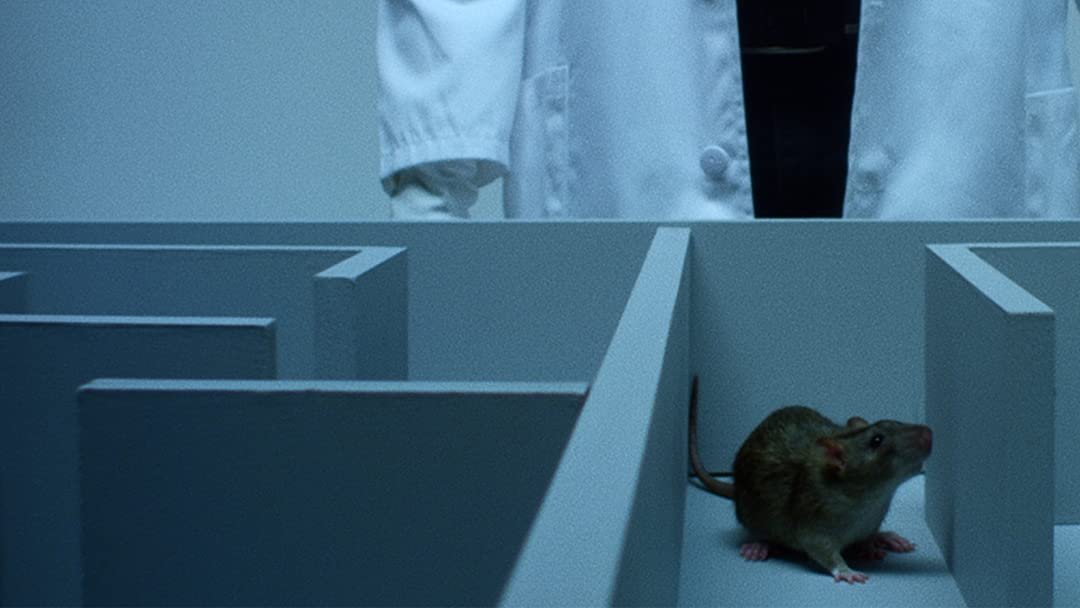You’re probably well aware that there are usually two sides to every story.
And similarly, the same notion applies to the Mandela Effect. But what is it?
The Mandela Effect relates to a condition where people create false memories. Hence, it’s when many people believe in something that never occurred in the first place. And when you unintentionally make false memories, it can prove to be a major problem.

Unbelievingly, there are numerous examples of The Mandela Effect when it comes to popular culture. And below, we’re taking a closer look at it all.
The birth of the Mandela Effect
The Mandela Effect was first discovered by Fiona Broome. Coincidently, it was that point in time when she remembered Nelson Mandela’s death at the prison, in 1980. However, he actually died in 2013. And it’s safe to say that the former South African President’s name was her inspiration behind the condition’s term.

Broome used to describe details of his death in such an intricate manner.point 189 | Conversely, none of it actually happened.point 225 |
Above all, it would make sense if her thoughts were solely restricted to her.point 64 | Unfortunately, they weren’t.point 92 | And that meant other people felt the same way she did and believed in something that truly never occurred.point 180 | 1
Hence, that’s how the Mandela Effect was born.
Understanding the mysterious effect in detail
Collection of False Memories
The Mandela effect is usually described as false memories.point 231 |
Consequently, many people believe in something as a whole, even though it never occurred.point 76 | Simply, the truth is far different from the actual memory.point 125 | And believe it or not, this is one of the commonest ways to describe the Mandela Effect.point 197 | 1
Honest lying
You can think of the Mandela Effect as a form of honest lying. Hence, it wouldn’t be wrong to say that when a person creates a lie, without knowing that it’s a lie, there is a lot of honesty involved. Similarly, you can’t ignore the fact that the lie is very near to the truth too.
False memory
The Mandela Effect is also made up of a number of other false memories. And this includes recalling events that aren’t actual descriptions of the truth. It’s like a far fetched reality. And the most common reason relates to editing, rephrasing, and reposting sayings or events by so many people.
Frequent symptoms that you should be aware of
Is there a way to determine whether or not you’re suffering from the Mandela Effect? The answer is yes and below, medical experts have revealed it all.
- When you remember something that’s not quite like it should be.point 55 | Your memory is quite different in terms of appearance as well as the wording of the actual event
- When a large group of people recounts remembering things, in the same manner as you
Without a doubt, it’s not easy to diagnose the condition on your own.point 393 |
After all, even experts find it hard to determine the difference between reality and the Mandela Effect.point 88 | 1
How you can tell the difference?
There isn’t one definite way of telling the difference. At the same time, the only way to actually know the truth is to cross-check your memories with valuable sources or research. However, that isn’t an easy task too.
When you remember something in particular and wish to share with others, it’s a good idea to look it up online. Simultaneously, you can check out the references or sources too so that you can quote them if needed.
Additionally, avoid correlating your memories and stories with that of others. The last thing you would want is someone agreeing to your false memories and then spreading it further.
The Mandela Effect is such a common yet unusual condition. We become so engaged in it, without even realizing how we’ve gone from reality. Hence, this is the main reason why doctors term memories as imperfect.
